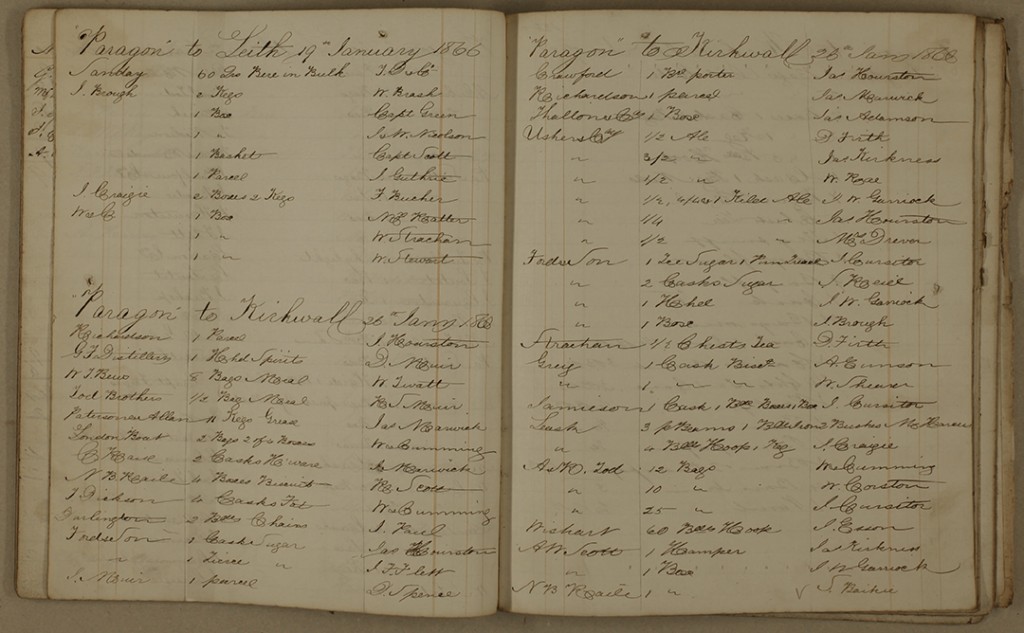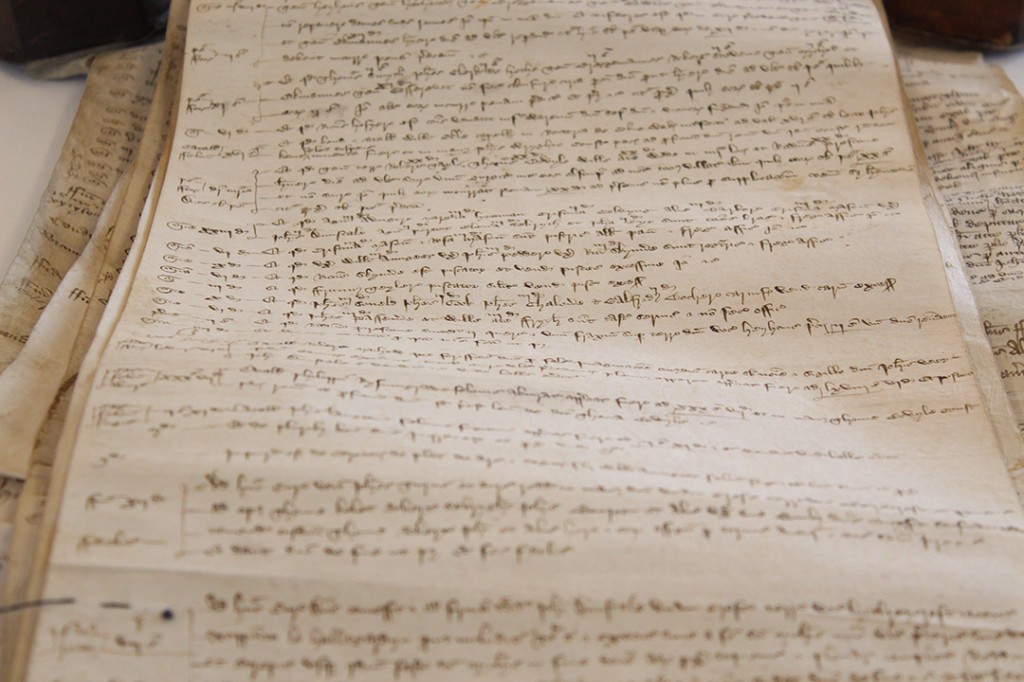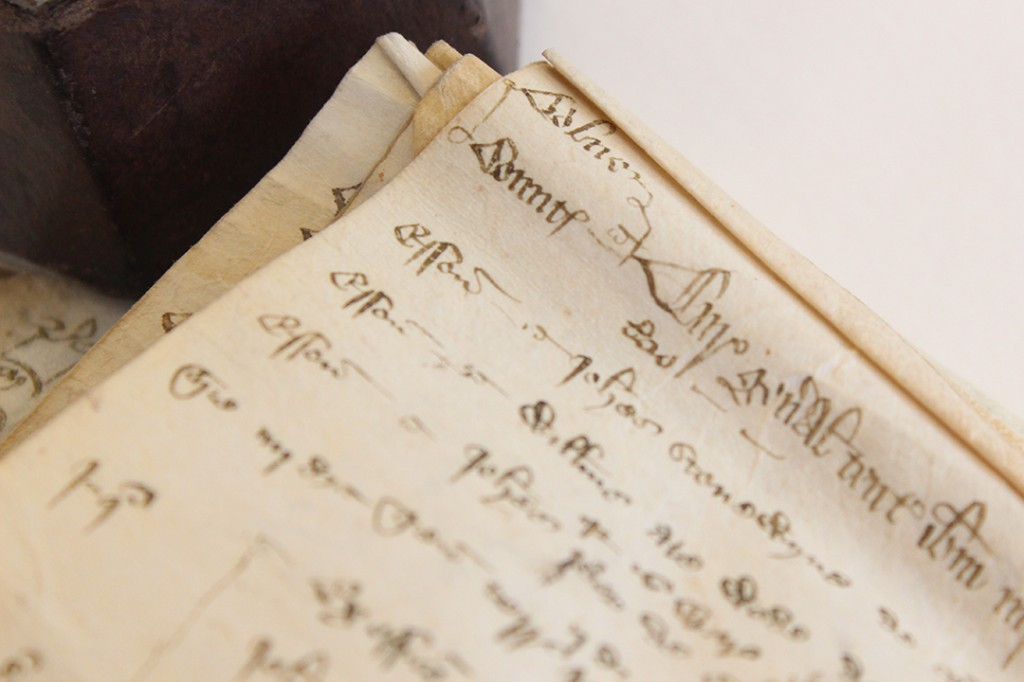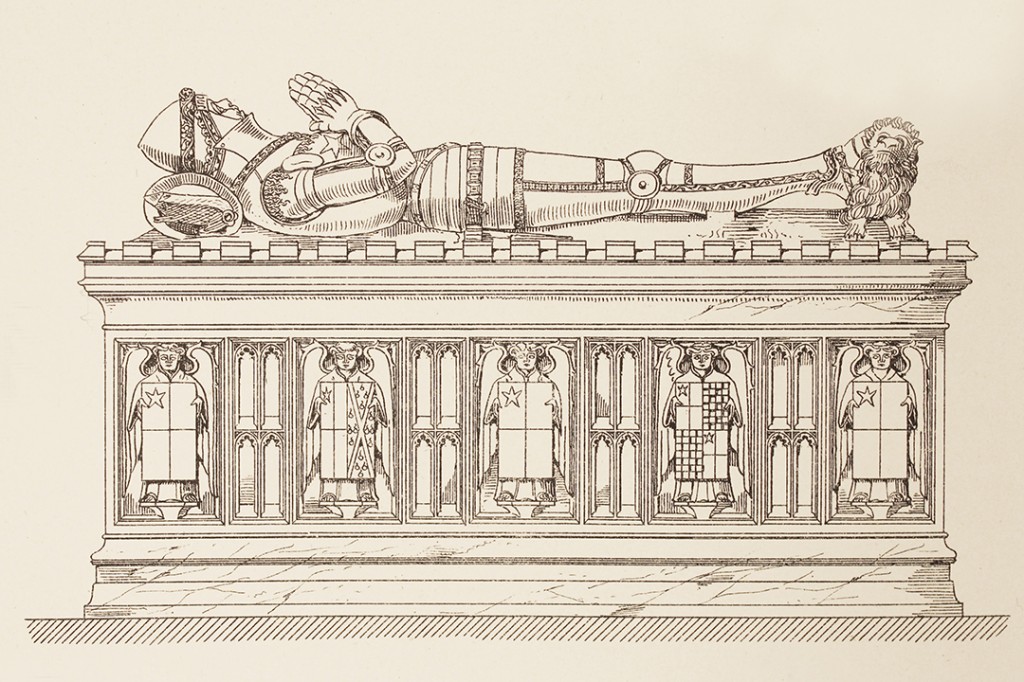Over the centuries science has had a massive impact on the lives of the residents of Essex. Join us on the 7th March for a day of talks celebrating some of the everyday developments in technology that have transformed lives in the past and how we live today.
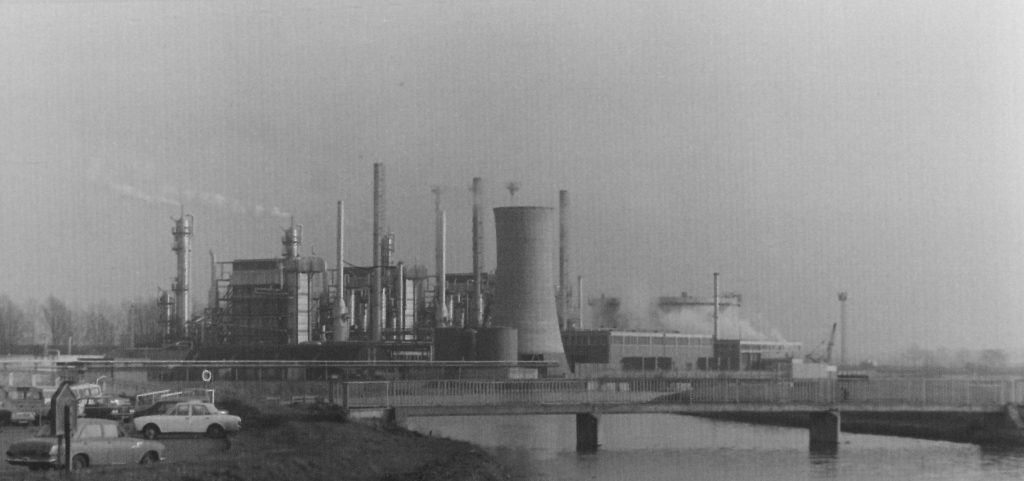
This one day conference is positively brimming with no less than 6 speakers talking on 7 different subjects.
- Peter Wynn will be talking about gas manufacture and water purification;
- Zoe Outram will discuss the science of archaeology;
- David Crease will talk about the science of brewing;
- Ian Vance will look at the development of fibre optics at STL in Harlow;
- John Miners will explore the science of cloth manufacture, and;
- Tony Crosby will wrap up with a whistle-stop tour of the industrial archaeology of Chelmsford
Over the next few weeks we will be introducing some of our speakers and their topics in a little more detail right here on our blog.
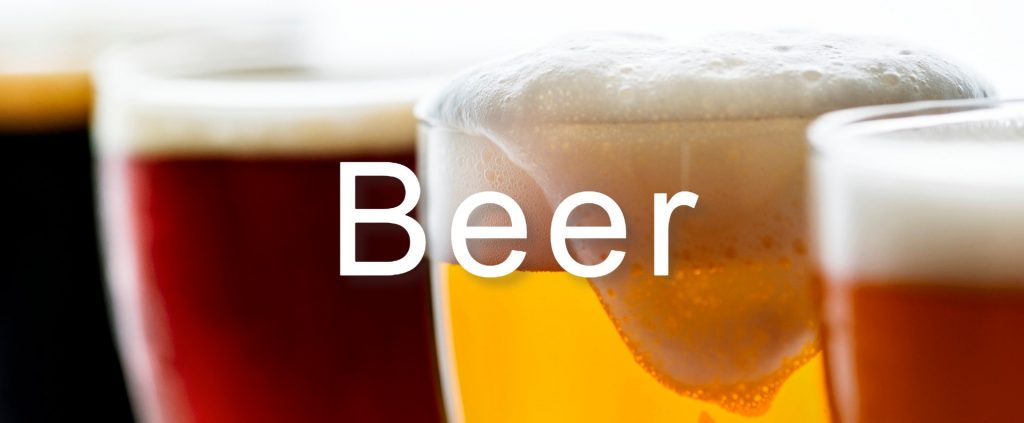
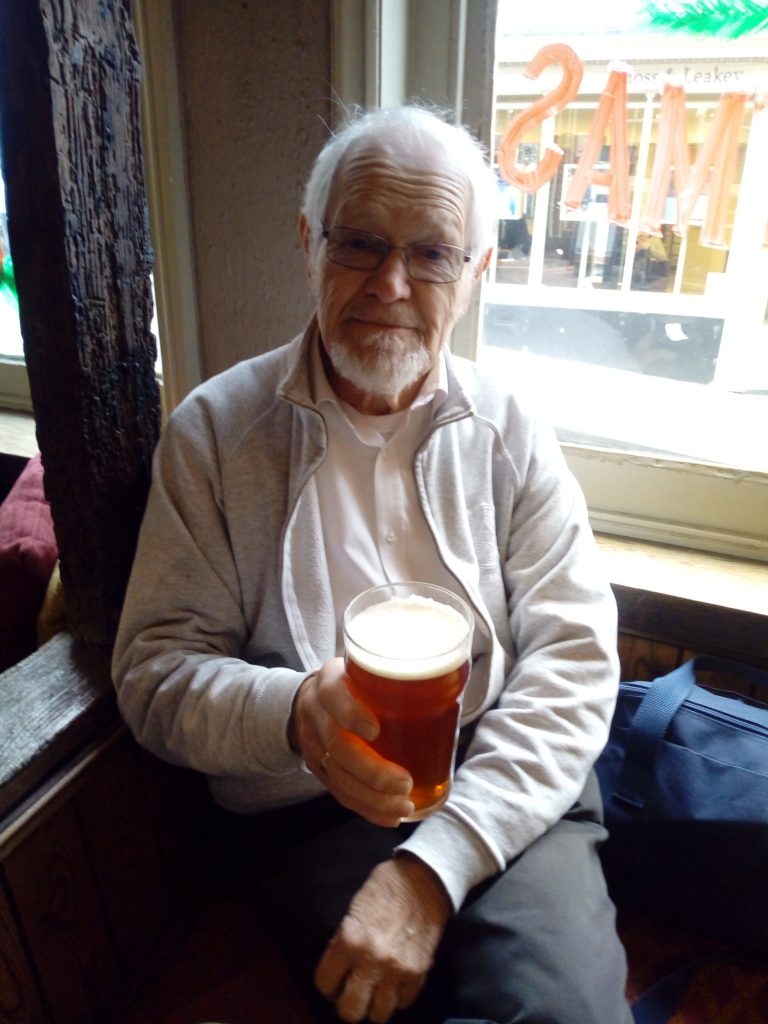
Our first introduction is for Dr David Crease. David is, amongst other things, one of the founding fathers of Woodforde’s brewery in Norfolk where he was for many years the head brewer. David and his Friend Ray Ashworth pioneered the new wave of handcrafted beers in the 1960’s. Having produced thousands of barrels in his career, who better to talk to us about the science of producing the perfect pint? David may have even hinted that he might bring some samples of medieval brews, so we have made sure to schedule him to talk just before lunch!
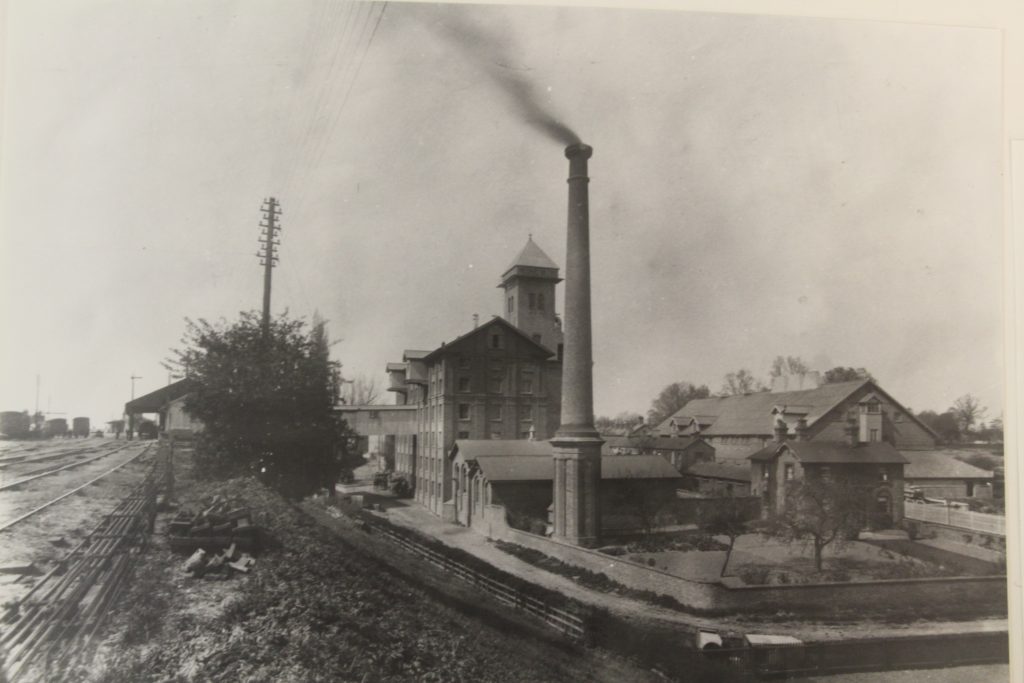
Brewing of some kind has a history almost as long as humanity and it will forever be intertwined with the human story. Essex was no exception, when a medieval agricultural labourer in the Dengie reached for a drink it was undoubtedly an ale he grasped and when the workers at STL went out for a drink after work, there were more than likely a few beers consumed.
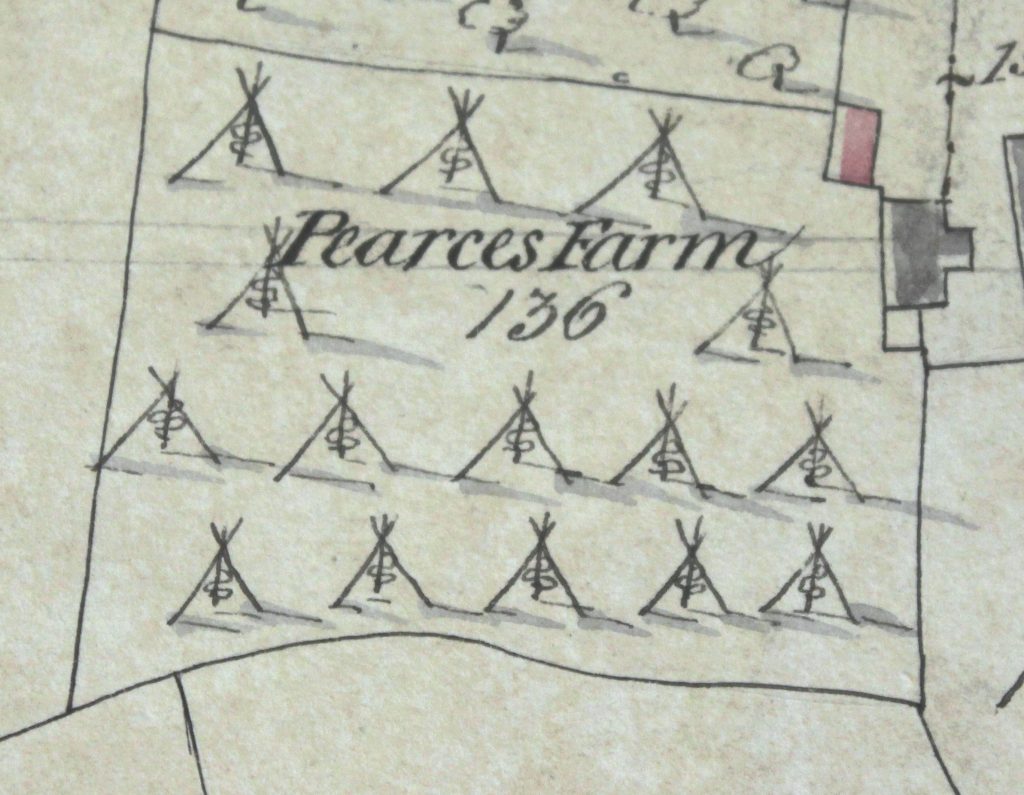
Brewing has had a huge impact on our landscape and our society, but how many of us know how our beer and ale is made now and how it was produced by our forebears.
Make sure to come along on the 7th March to learn about the whole brewing process from field to glass.
To secure your place visit our website
http://www.essexrecordoffice.co.uk/events/back-to-the-future-the-impact-of-science-across-essex/
Part of:


